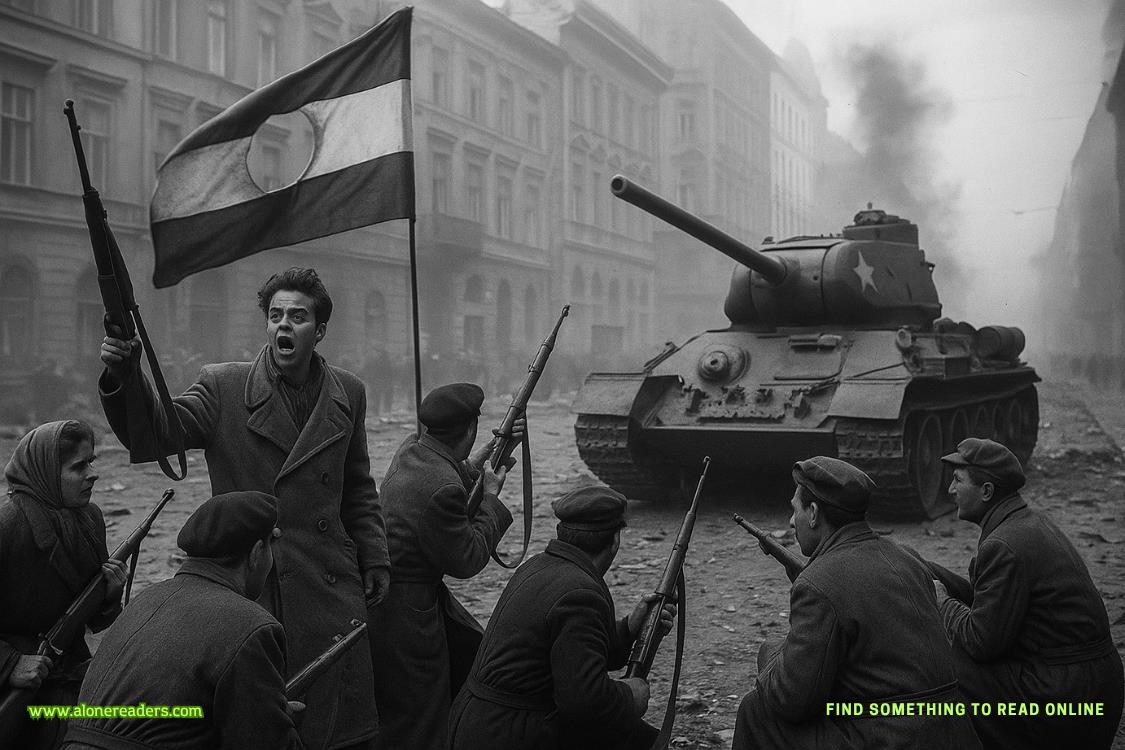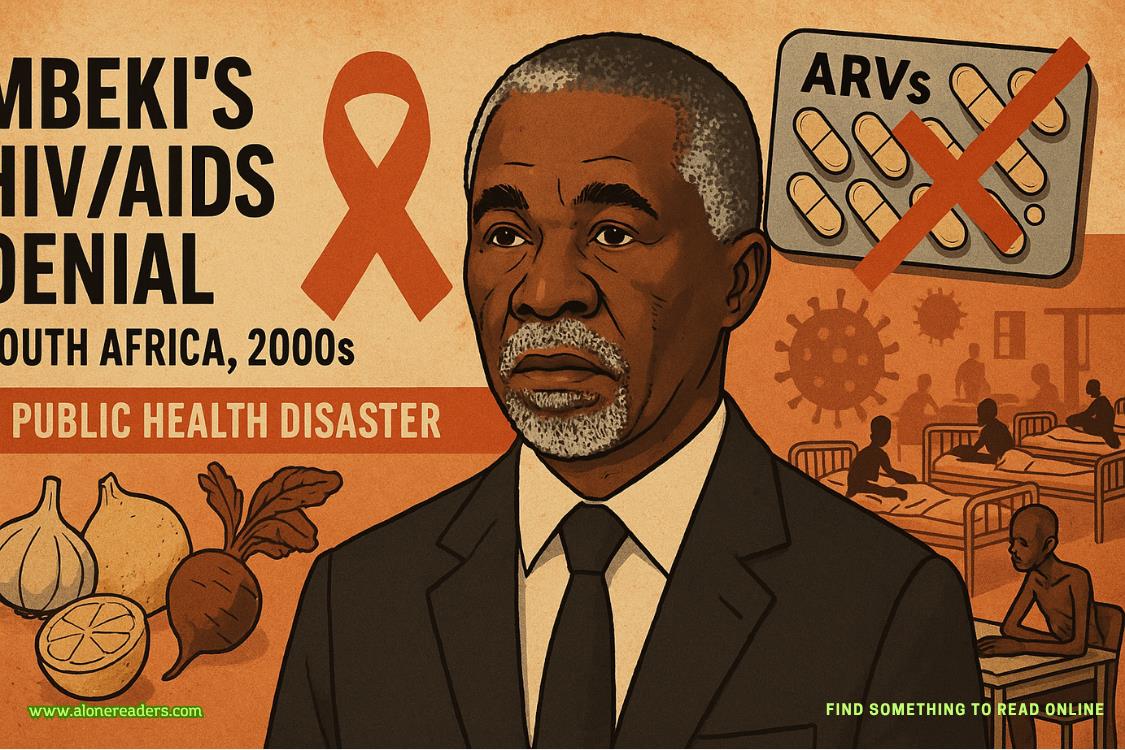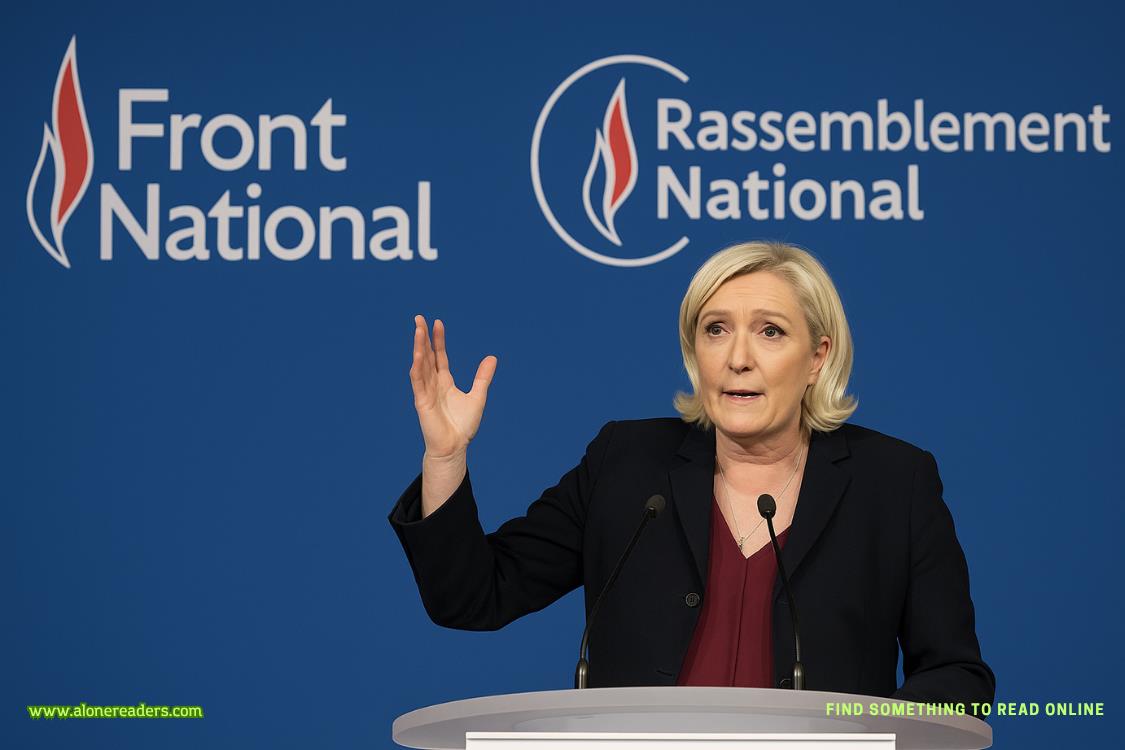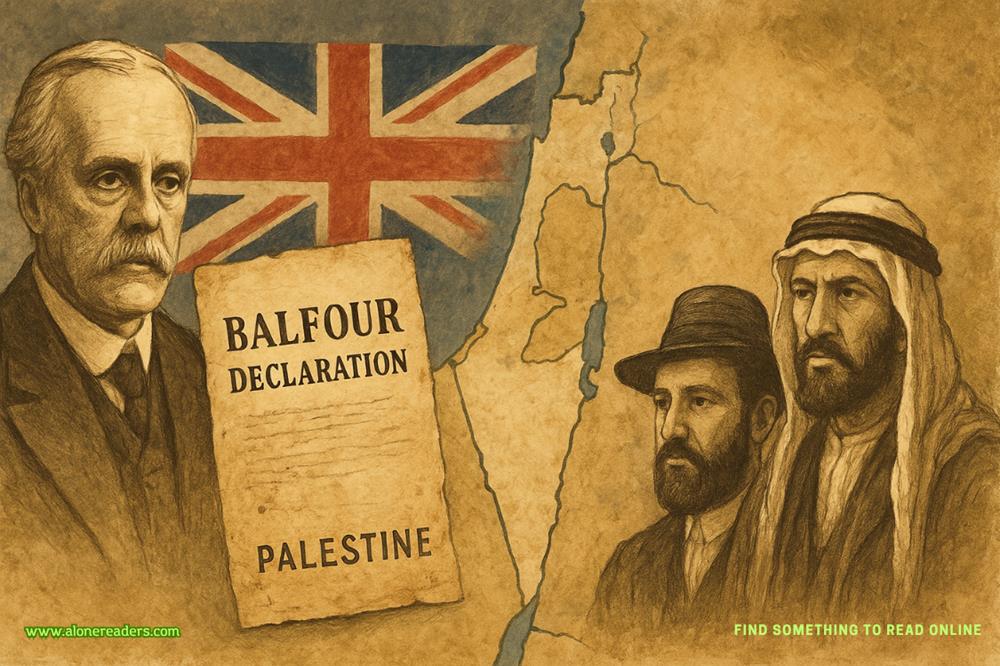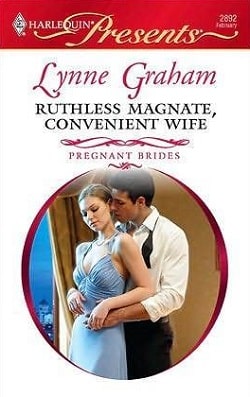I don’t even notice I’m holding my breath until he extends one hand. “For the future.”
And as I stare down at it, as I slide my hand into his, returning the smile he offers me, I realize it’s not just an offer of peace, but an offer of partnership. A chance to build something great…and to finally take that first long-overdue step toward healing.
Love isn’t a formula. It’s the solution.
My entire body is still buzzing with the adrenaline rush from my confrontation with Damian’s parents yesterday. A year ago—hell, even five months ago, when I made the agreement with Damian, and really pushed myself to the limits of my comfort zone—I never could have imagined doing something so brazen, putting myself out there like that and being so unabashedly bold. But then…five months ago, I wasn’t in love.
I guess it really is like Maya Angelou said: in the flush of love’s light, we dare to be brave.
Love. God, it’s weird to admit it, but it would be weirder to deny what it is. And what I feel for Damianislove. And I suppose that lovehasmade me brave, but on the flip side, it’s also made me scared. Because now that it’s real, it’s become something I can lose. And I don’t want to lose Damian.
I wish I knew where he was. I wish I knew if what I said to his parents made the slightest impact or difference. But I don’tknow either of those things, and the not knowing is driving me insane.
I considered focusing all this pent-up energy and worry on the proposal, on shrinking the gap between its current state and what it needs to be fully fleshed out and completed, but ultimately concluded there’s little point until we know if Damian’s dad will actually support the initiative. He might have seemed impressed by the work Damian and I both put into the idea, but holding a venture in high esteem and actually backing it are two different things.
So, to distract myself (and to avoid wearing a hole in my carpet from the pacing I would be doing at home), I decided to head to the library to see if CASS—Conwick’s Academic Support Services—needed an extra hand. Wednesdays might be my scheduled tutoring night, but there’s usually more demand than CASS can accommodate, so they never turn down a spare tutor or two if anyone is feeling benevolent enough to offer up their night willingly, especially when that night falls on a Sunday.
Unfortunately, it doesn’t providequitethe distraction I’d hoped for, and—to the disgruntlement of a junior sorority girl named Shannon, who begged for my help with her combinatorics homework—I keep catching myself staring off into space more often than not.
“I really don’t get this whole factorial thing,” she grumbles beside me, but I barely register her complaint. All I can think about is Damian. Where is he now? Has he spoken to his parents since yesterday?
Has he spoken to them at all?
“Lexi?”
I jolt at the touch of Shannon’s hand on my arm, and whip my head around to face her. “W-what?” I stammer.
She purses her lips. “Factorials? I don’t understand them.”
“Oh, right.”
I blink at her, then shift my gaze to the open textbook sandwiched on the table between us. As my eyes crawl over the page, I give my head a small shake to clear it.
Get it together, Lexi. I know you’re worried, but there’s nothing more you can do.
“Okay, um…let’s break it down.” Closing the textbook, I push it across the table and reach for my notebook, opening it to a fresh page. “So, a factorial is just the result of multiplying all the numbers starting from one up to a specific number. Let’s say five.” I write the number five at the top of the page and underline it twice. “For five factorial, you multiply five by each of the numbers that comes before it, so five times four times three times two times one.” My pencil scratches against the paper as I speak, so Shannon can follow along. “It helps us count how many different ways we can arrange things when they’re all unique.”
Shannon’s brow wrinkles a little, but it doesn’t look like I’ve completely lost her, so I carry on.
“For example, if we had five distinct letters, there would be five factorial ways to arrange them. But what if some of those letters were the same? Take the word MATHEMATICS.” I scribble the word a few lines down. “There are eleven letters, but among those eleven letters, there are two Ms”—I underline both—“two As”—I underline these next—“and two Ts”—I underline them last—“so swapping those identical letters around doesn’t create a new, distinct arrangement. That’s where dividing by the factorials comes in, so we can account for that repetition and eliminate those duplicate combinations from being counted multiple times. In this case, eleven factorial is the total number of possible arrangements if all the letters in the word MATHEMATICS were different. But since we have repeats with the Ms, As, and Ts, we divide by two factorial for each letter—the number of times those letters repeat—to avoid overcounting.”
I pause for a moment to let this all sink in, then ask, “If you wanted to work out the factorial for MATHEMATICS on the assumption that all the letters are different, how would you do that?”
The column of Shannon’s throat shifts when she swallows, the sound audible in the stark quiet of the library. “Umm…multiply eleven by ten by nine by eight, and so on?” she answers, her tone uncertain.
I nod encouragingly. “Correct. And what does that give you?” Shannon blanches at the question as if I just asked her to do something impossible, like prove the Riemann Hypothesis. I flash her a quick, reassuring smile. “It’s okay, you can use your calculator.”
With a soft, “Phew,” she turns from me and reaches into her bag. By the time her hand resurfaces a few seconds later, her calculator clutched between her manicured fingers, I’ve already worked out the answer in my head, the blocks of color building in front of me like my own personal rainbow wall that only I can see. But I don’t say as much. I know math doesn’t come easy to everyone, and I don’t want to make her feel stupid.
“39,916,800,” Shannon says timidly after a moment, her tone lilting at the end in question despite the numbers on the screen before her.
I give her another affirmative smile. “Well done. Now, remember what I said about the repeats. Next, you want to divide by the duplicate factorials. How many sets of those do we have?”
Shannon’s gaze follows the movement of my pencil when I tap it against the word MATHEMATICS written in my notebook. Her face lights up with confidence.
“Oh, I know this! Three. One for the Ms, one for the As, and one for the Ts.”
I nod again. “Right. So, if we have two of each of these letters, that means it’s two factorial for M, two factorial for A, and two factorial for T, which gives us…?” I trail off, prompting her to answer.








